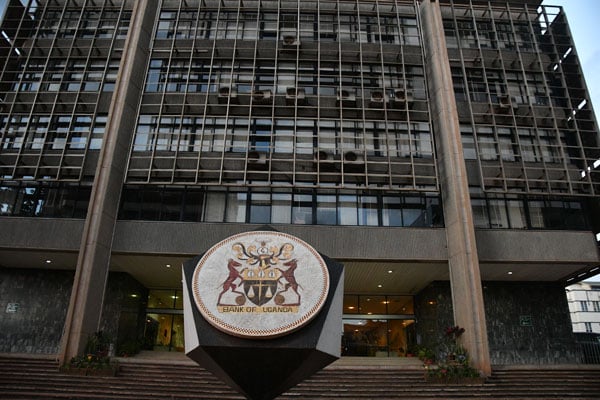The Bank of Uganda has reduced its benchmark lending rate from 10.25% to 10%, citing a decrease in domestic inflation. This adjustment marks a significant move by the central bank to manage economic conditions and stabilize the financial environment.
On Wednesday, the Uganda shilling showed stability in the foreign exchange market. The currency opened at 3720/3730 against the US dollar and closed the trading session at 3725/3735. Traders observed that dollar inflows were absorbed by interbank and corporate demand, maintaining the shilling’s stable position throughout the day.
The benchmark lending rate, also known as the central bank rate, is crucial as it influences the cost of borrowing for commercial banks. This, in turn, affects the interest rates banks charge on loans and credit for consumers. The reduction in the rate reflects the Bank of Uganda’s assessment of the inflationary landscape. According to Michael Atingi-Ego, Deputy Governor of the Bank of Uganda, the decision was driven by lower-than-expected inflation projections and a less depreciated shilling exchange rate.
During the same session, money markets were liquid with overnight yields averaging 9.84%, as reported by Absa. Additionally, the Bank of Uganda conducted auctions for 3-year, 10-year, and 20-year treasury bonds. The yields for these bonds were recorded at averages of 15.250%, 15.750%, and 16.500%, respectively.




















